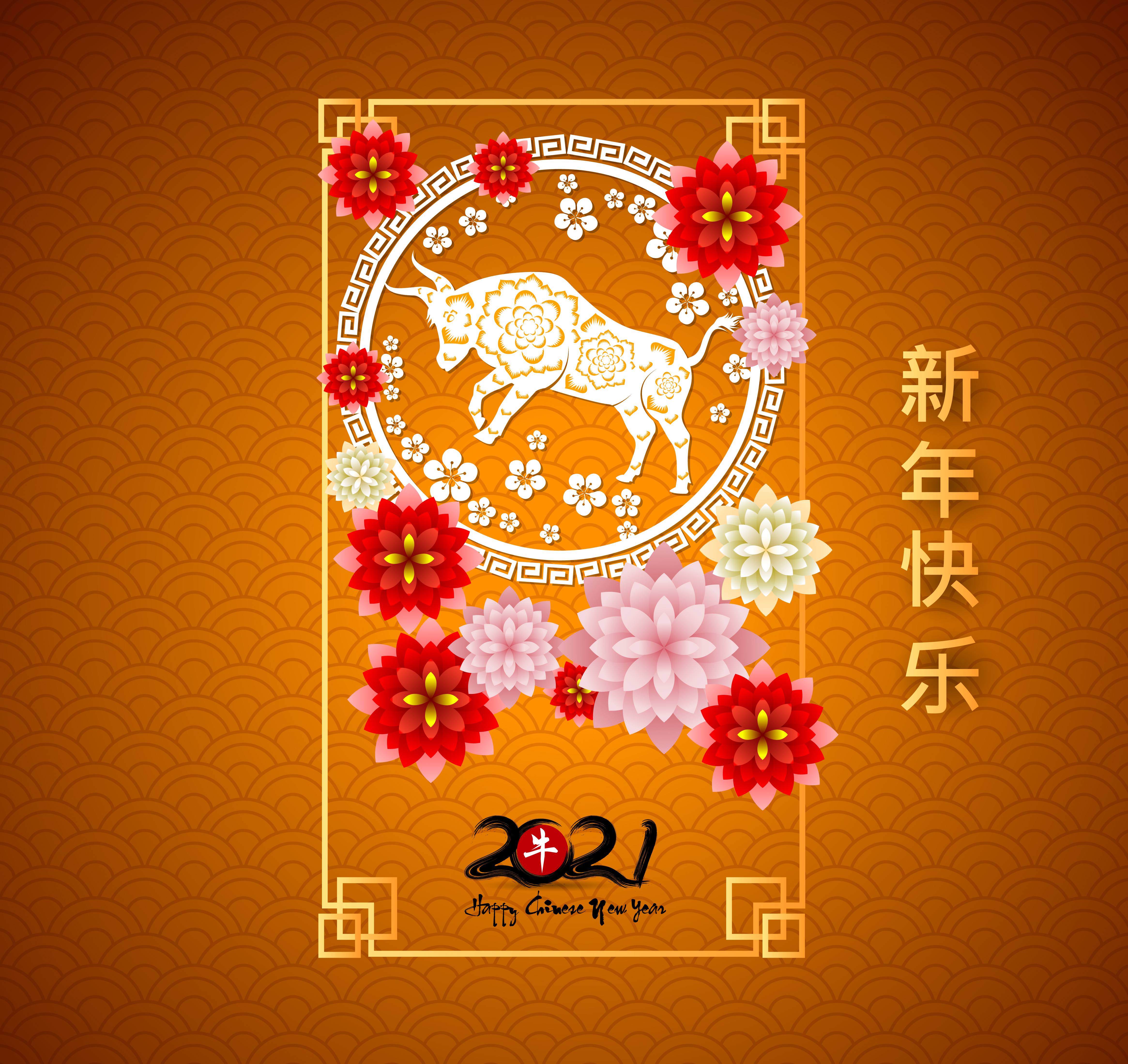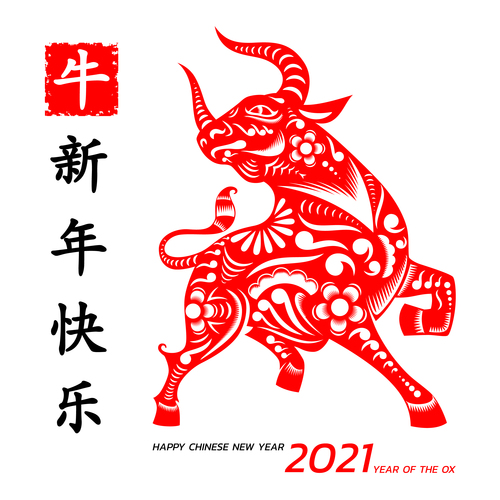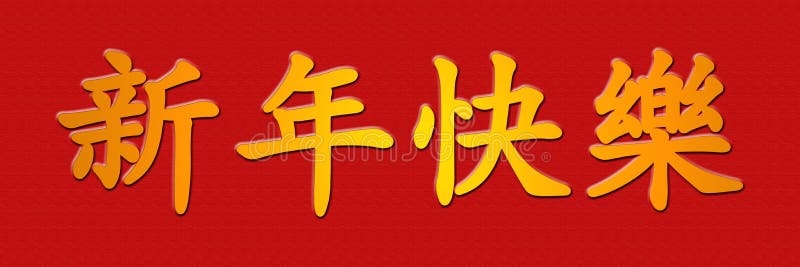
The fifteenth and final day of the new year holiday is celebrated by the Lantern Festival (元宵节 Yuánxiāojié). The trick is to eat them in a single mouthful and not cut the noodles short! 7. They symbolize life and new beginnings and are also a common new year gift.ĭue to their resemblance to imperial coins (元宝 yuánbǎo), dumplings are representative of wealth and fortune.Īs their name indicates, their long strings represent longevity and living to a ripe old age. Eating spring rolls is a way to welcome the arrival of spring, and their golden color also symbolizes wealth and prosperity.įruits are commonly enjoyed as desserts and snacks during Spring Festival celebrations. How can you start spring without spring rolls? This delicacy was originally a seasonal food that was consumed only during the spring. Rice cakes are a must during Chinese New Year festivities! This coincides with the greeting 年年高升 (niánniángāoshēng “advance year after year”). Sticky rice cakes symbolize a prosperous year to come, as “cake” (糕 gāo) has the same pronunciation as “high/lofty” (高 gāo). Therefore, eating fish symbolizes an increase in prosperity. There is also a typical New Year greeting, 年年有余 (niánnián yǒuyú), which translates to “may you have a surplus (of blessings) every year”. In this instance, “fish” (鱼 yú) has the same pronunciation as “surplus” (余 yú). Steamed Fish | 蒸鱼 | zhēng yúĪs you may already know, the Chinese language includes many homophones (同音词 tóngyīncí), which results in many characters and words having the same pronunciation as one another. Though traditions can vary between northern and southern China, here are a few examples of common “auspicious foods” presented at reunion dinners: 1. In fact, the Chinese Spring Festival also marks the world’s largest human migration, as overseas Chinese and Chinese migrant laborers return home to celebrate the advent of the new year alongside their families. The New Year’s Eve dinner (年夜饭 niányèfàn) kick starts the tradition of family reunions. What foods are eaten during Chinese New Year?įamily is of central importance in traditional Chinese culture, and Spring Festival is generally a very family-oriented holiday. The holiday has even had an influence on the traditional festivals of other cultures with whom the Chinese have historically interacted, including the Koreans, Vietnamese, Mongolians, and Japanese. Devoted Buddhist and Daoist practitioners also often visit local temples to welcome the new year. Wearing new clothes is also a common tradition to ward off bad luck-a new year is a time for newness after all!Ī post shared by Chinese Language Institute Chinese New Year is an important time to 拜年 (bàinián, to pay a new year call), so it is common practice to visit relatives and exchange auspicious greetings and Chinese gifts, including the ever-popular lucky red envelopes filled with Chinese currency.

Red is an auspicious color as it scares away the Nian monster. In many homes, you will find auspicious Chinese characters and couplets on red paper stuck on doors.

The Chinese New Year is a 15-day holiday and includes a variety of festivities depending on the region and its local traditions and customs. However, certain common customs are shared regardless of region.įor example, it is common practice to decorate one’s home with Chinese lanterns. Spring Festival is a time for families to come together, exchange money-filled red envelopes (红包, hóngbāo), and enjoy delicious Chinese food. Join a Spring Festival Celebration and Practice Your Chinese.

Chinese Vocabulary for the Spring Festival.The Chinese New Year Through a Local's Eyes.What are some taboos during Spring Festival?.万事如意 (wànshìrúyì) - May all your hopes be fulfilled 岁岁平安 (suìsuì píng'ān) - May you have peace year after year

恭喜发财 (gōngxǐfācái) - May you have a prosperous year! “Longevity Noodles” | 长寿面 | chángshòumiàn


 0 kommentar(er)
0 kommentar(er)
